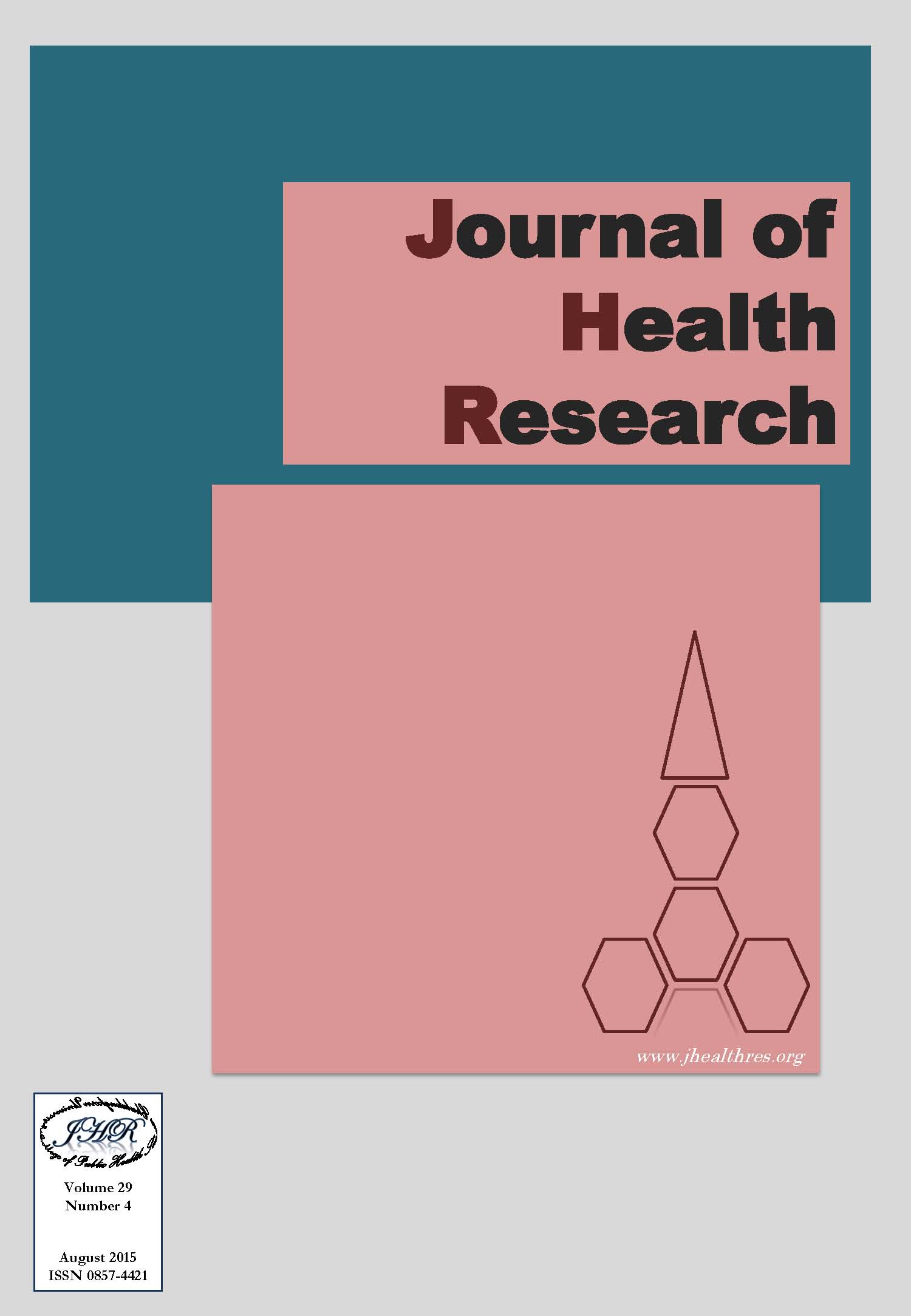A Strategy to Intensify Tuberculosis Case Finding in Myanmar’s High Risk Urban Slums
Keywords:
Tuberculosis, Slum, MyanmarAbstract
Background: World Health Organization (WHO) estimates that only 66% of the incident tuberculosis (TB) cases are reported and that 3 million new TB cases are being missed every year. The current approach to TB case detection does not reach millions of people. Poor and vulnerable people cannot access health facilities due to barriers such as financial, geographical and cultural. Poor diagnostic services, ineffective screening, drop-out during diagnostic process and substandard care outside of the NTP make the situation worse. In Myanmar, TB prevalence is higher in urban than in rural areas (330.7 vs. 216.1/ 100,000 in population ≥15 years of age). In spite of expanding DOTS services nationwide, the TB prevalence is rising, particularly in urban areas. In 2011, Population Services International, Myanmar implemented a new intensive active case finding project under TB REACH fund of Stop TB Partnership targeting slum areas of Mandalay and Yangon regions.
Objective: (1) To determine if interpersonal communication and pharmacy-based strategies can increase case detection, and (2) to determine if these strategies are effective for detecting active cases of TB that would have otherwise been missed in urban slums and areas with high TB burden.
Methods: Considering ethical factors a ‘pre-post intervention’ study design was applied. In a one-year period, 60 interpersonal communicators (IPCs) and 500 franchised registered pharmacies conducted health education, performed symptom screening, collected sputum and facilitated specimen transport to the franchised laboratories. IPCs referred sputum smear positive (SS+) diagnosed TB cases to the franchised DOTS clinics, sputum negative (SS -) cases with strong symptoms to the franchised chest
X-ray (CXR) centers and confirmed cases to clinics. The pharmacies referred both SS+ and SS- cases directly to the clinics.
Results: Through the IPC channel, 470,384 people received health education, 23,241 TB suspected clients were referred for sputum examination, 6,539 were referred for CXR, 1,277 SS + and 1,559 SS- TB cases were registered. In the pharmacy led channel, 1,683 suspected cases were referred for sputum examination, 240 for taking CXR, and 280 SS+ and 138 SS- were registered. Compared to the previous consecutive one-year period before the project, total registered SS+ TB cases at the regional level increased by 14% (931 to 1,063 cases) in Mandalay and 9.4% (9,473 to 10,364 cases) in Yangon through this project.
Conclusion: Using IPC and pharmacies resulted in the registration of a substantial number of additional TB cases, showing that the strategy was able to reach previously unreached susceptible TB cases.






